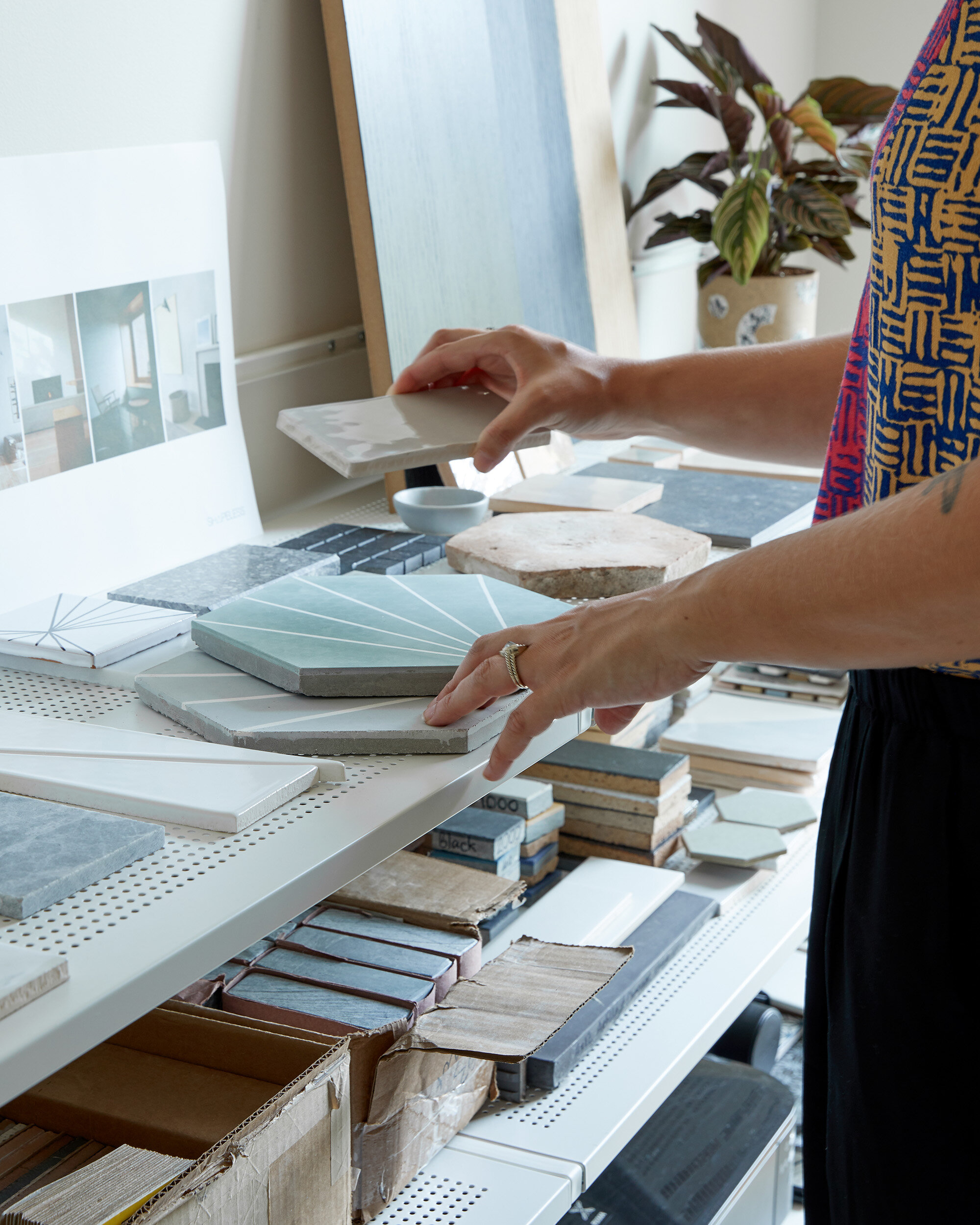Shapeless Studio was founded in an effort to create a design practice that revolves around three fundamental concepts:
COLLABORATION
WITH OUR CLIENTS
One of the joys of our practice is working to bring our clients’ particular visions, tastes and sensibilities to life. Particularly in our residential projects, we become very close with our clients, and being able to listen carefully to what someone means, not just what they say, is critical to having a productive collaboration.
WITHIN OUR TEAM
We like to involve several designers on each project, especially during the early phases, because we develop stronger ideas by working together. When all of our minds are working on the same problems, we come to solutions that are much more elegant than what we would come up with independently.
WITH OTHER BUILDERS AND MAKERS
Working within the rich design culture of Brooklyn, we also enjoy collaborating with other local designers and makers. Engaging with our local design ecosystems enriches our projects while also supporting our local economies.
FUNCTIONALITY
Durable, Cleanable, organized
We fundamentally believe that in order for a space to be beautiful and calming, it needs to function well. This is particularly true for residential work, because more is at stake for our clients, who live in and use these spaces on a daily basis. Our goal is to design spaces that are durable, cleanable, and well-organized, because well-planned kitchen can help keep itself tidy, particularly if it is easy to use and well-crafted.
Flexible
When we design, we try to understand how the space should be organized for our clients’ needs today, and be flexible enough to adapt to whatever life throws at them. Our goal is for our projects to last the test of time, and designing for unknown future needs is an extremely important aspect of this.
SUSTAINABILITY
focus on natural materials with lower embodied carbon
We put a lot of emphasis on using natural materials. Wood, stone, terracotta, glass... we love learning about new products, how they are manufactured, and new ways to use them. We believe natural materials are not only more beautiful, they are also more sustainable. For example, natural stone countertops have a much lower carbon footprint than laminate or synthetic quartz, because much less energy was required to make it. To create stone tile, for example, it is cut from the earth and transported to the jobsite. A porcelain tile, on the other hand, needs to be fired in furnaces at extremely high temperatures, and therefore has a much higher embodied carbon. We try to avoid synthetic, petroleum-based and ultra-processed materials whenever possible.
less waste
Natural materials add a layer of depth and history to our projects, especially working in the historic context of Brooklyn. They tend to age better, developing a patina over time that adds richness, instead of looking tired and worn out, as synthetic materials often do. Since they age with more dignity, they can have a longer life span, which means fewer replacements, and therefore less waste. The construction and demolition industry is one of the most wasteful parts of our economy, generating approximately a third of the waste volume sent to landfills.
Energy Efficiency
In the United States, residential and commercial buildings consume a staggering 28% of the total primary energy. In the residential sector, this is primarily due to space heating and cooling, and domestic hot water. We design our projects to last for decades (if not longer), which means the way we design now will have a huge effect on our energy consumption for years to come.
Passive House
We are trained in the Passive House method of building, and are members of the North American Passive House Network. Buildings constructed this way can achieve energy savings of up to 90%, compared to conventional construction, while creating spaces that are extremely comfortable, quiet, well-ventilated, pest-free, and long lasting.



